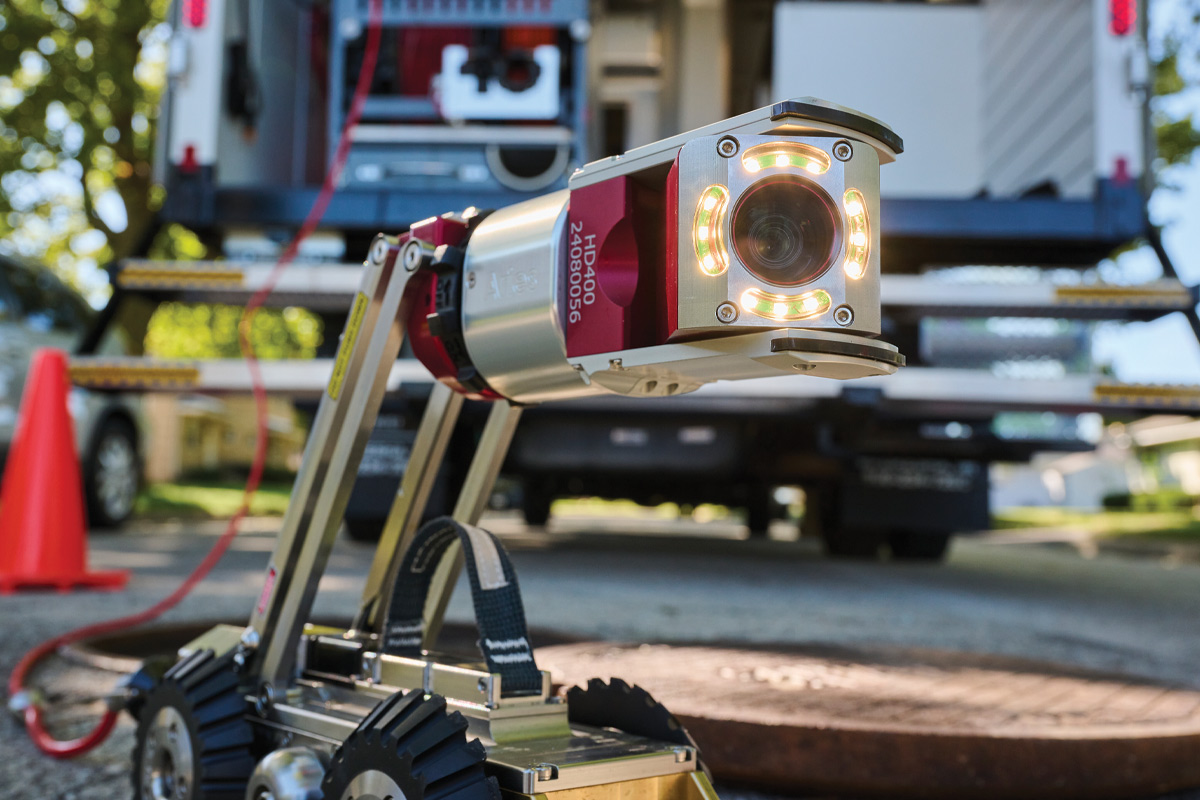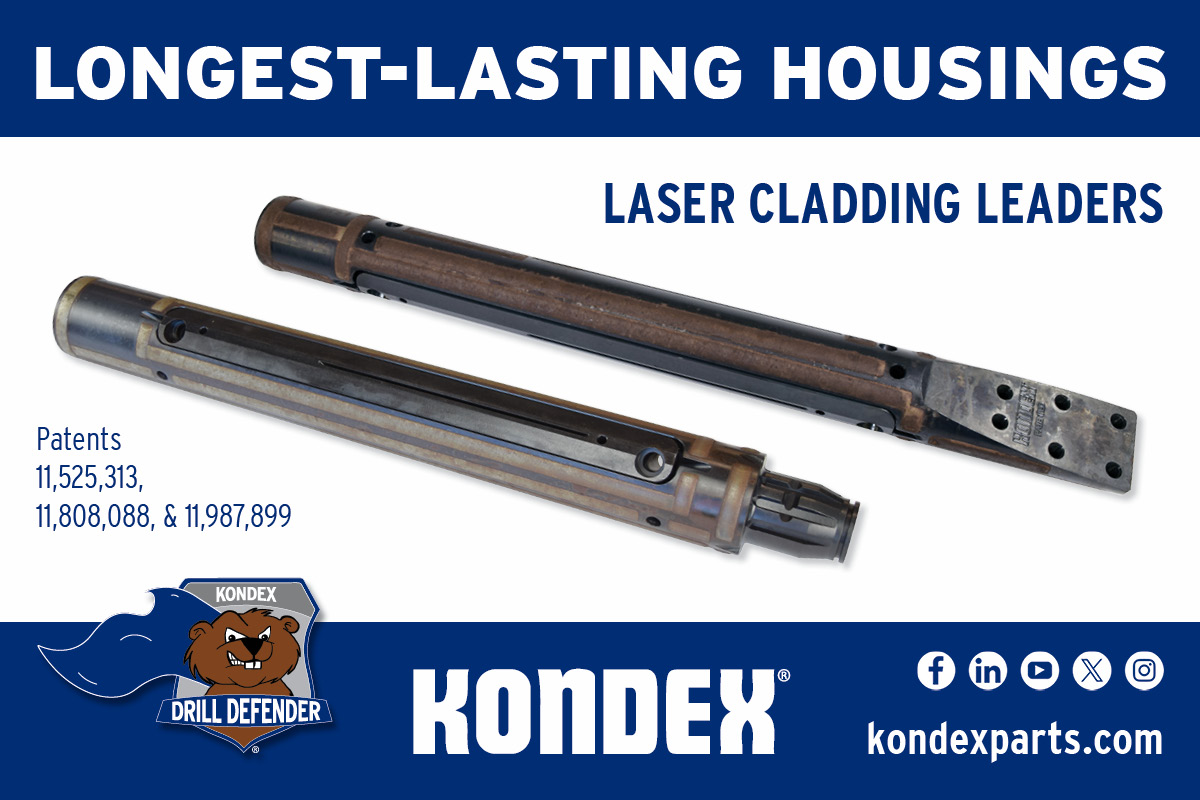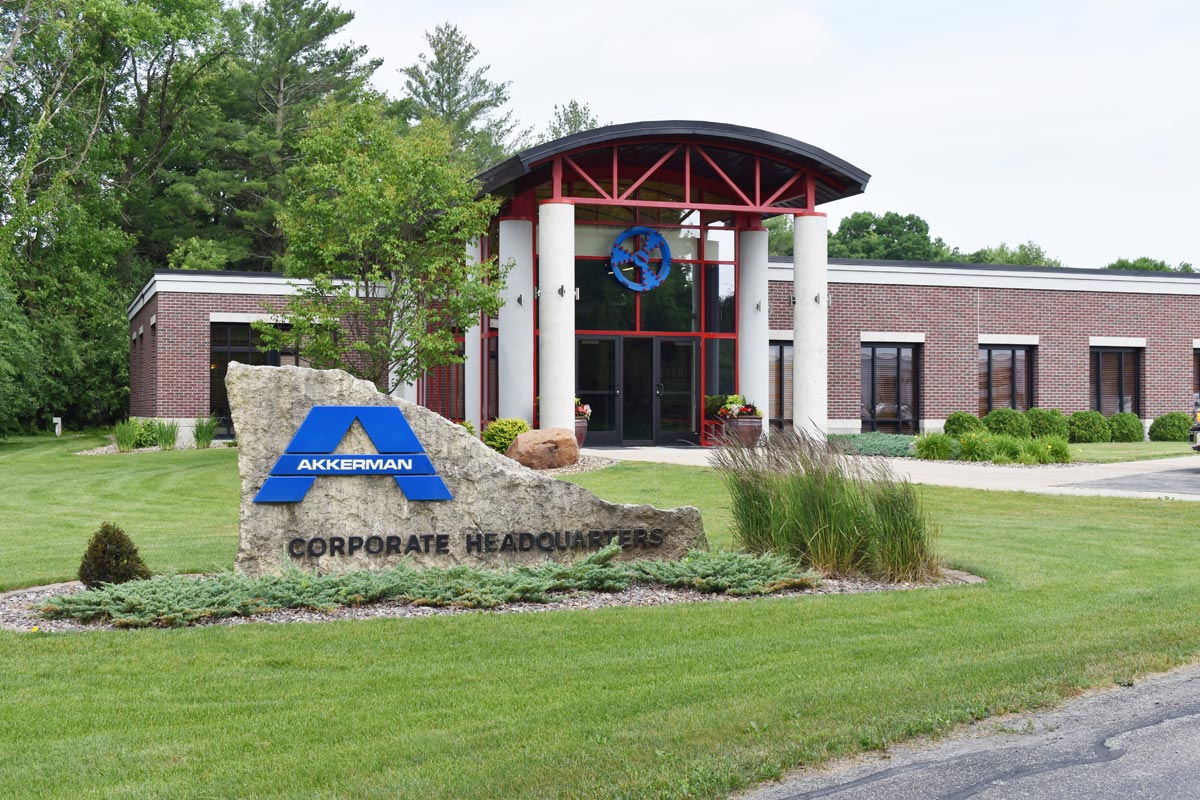
How to Choose the Right Sewer Inspection Camera

Choosing the right sewer inspection camera can feel overwhelming. With so many options available, it’s easy to get lost in the technical details. Making the right choice is essential to ensure accurate inspections and minimal downtime. Whether you’re inspecting small sewer pipes, large storm drains, or anything in between, the right equipment can make a difference in productivity and results.
This guide covers the most critical considerations when selecting an inspection camera.
Zoom Capabilities
Determine the zoom range you need based on pipe size and environment. Smaller pipes limit visibility, while larger pipes, especially with auxiliary lighting, may require cameras with higher zoom capabilities.
Lighting
LED lighting is essential. LEDs offer long life, operate cool, and have built-in safety features to prevent burnout.
Pressurization
Ensure the camera is pressurized to protect electronics from moisture. Nitrogen pressurization is preferred as it is a dry gas that minimizes the risk of damage if submerged. Check camera pressure daily to monitor for issues, like worn seals.
Adaptability
If replacing a camera, confirm compatibility with older equipment. Look for cameras with adapters to ensure seamless integration.
Lens Cleaning Technology
Water marks and grease sheen on the camera lens prevents a clear view of the pipe. Cameras equipped with in-pipe lens cleaning save time and reduce interruptions. For example, the Aries WiperCam uses a rotating lens and a blade to clear debris, allowing continuous operation without removal for cleaning.
Additional Tips
Match the camera to your pipe conditions.
Work with reputable manufacturers offering warranties and support.
By focusing on these features, you can select a sewer inspection camera that meets your needs and maximizes efficiency.




